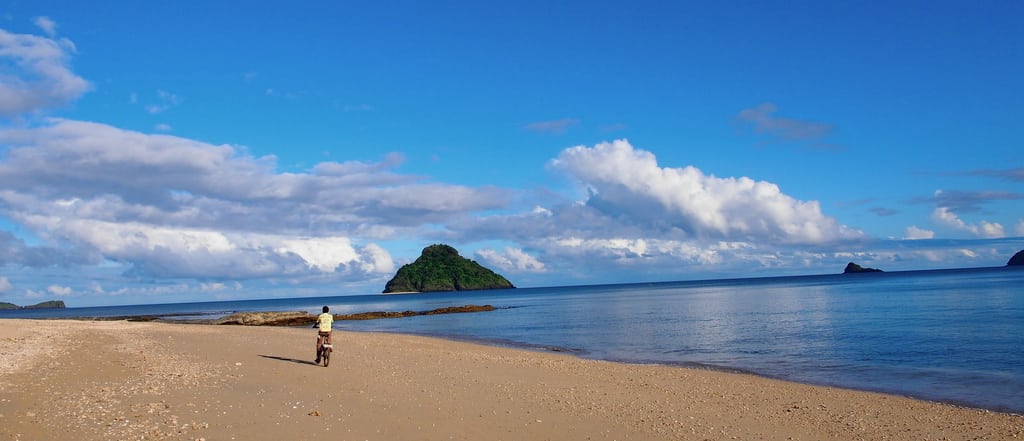How Climate Change Is Threatening Coastal Tourism and Recreation

Skift Take
A 1 meter sea level rise would result in the loss or damage of 21 airports, inundation of land surrounding 35 ports and at least 149 multi-million dollar tourism resorts damaged or lost in the Caribbean nations. This is all very real.
The much anticipated hulk-of-a-report from United Nations scientific panel Intergovernmental Panel on Climate Change has just been released, and it presents a dire picture on the state of our global climate and says the worst is yet to come.
Buried in various sections of this deep report are chapters and sections on how tourism is being affected worldwide due to climate change, and the consequences for various regions and habitats in the coming years. We will be extracting these findings of the IPCC in a series of stories this week, most of them verbatim from the report.
The first extract is about coastal and low lying areas. Some of the language is the dense officialese of these reports, so we will edit for clarity as needed.
Coastal systems are particularly sensitive to three key drivers related to climate change: sea level, ocean temperature and ocean acidity, the report says. Coastal systems and low-lying areas will increasingly experience adverse impacts such as submergence, coastal flooding

